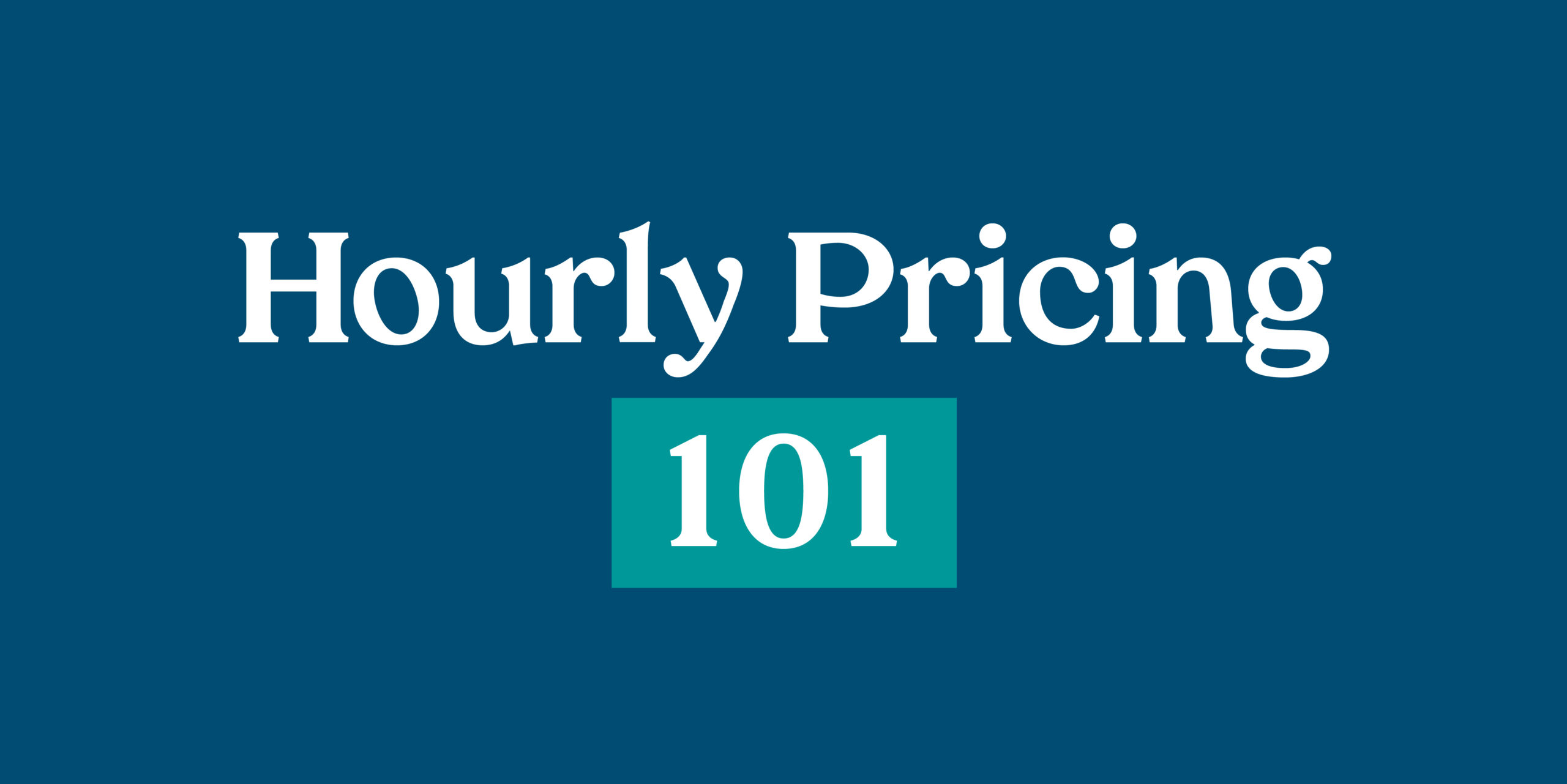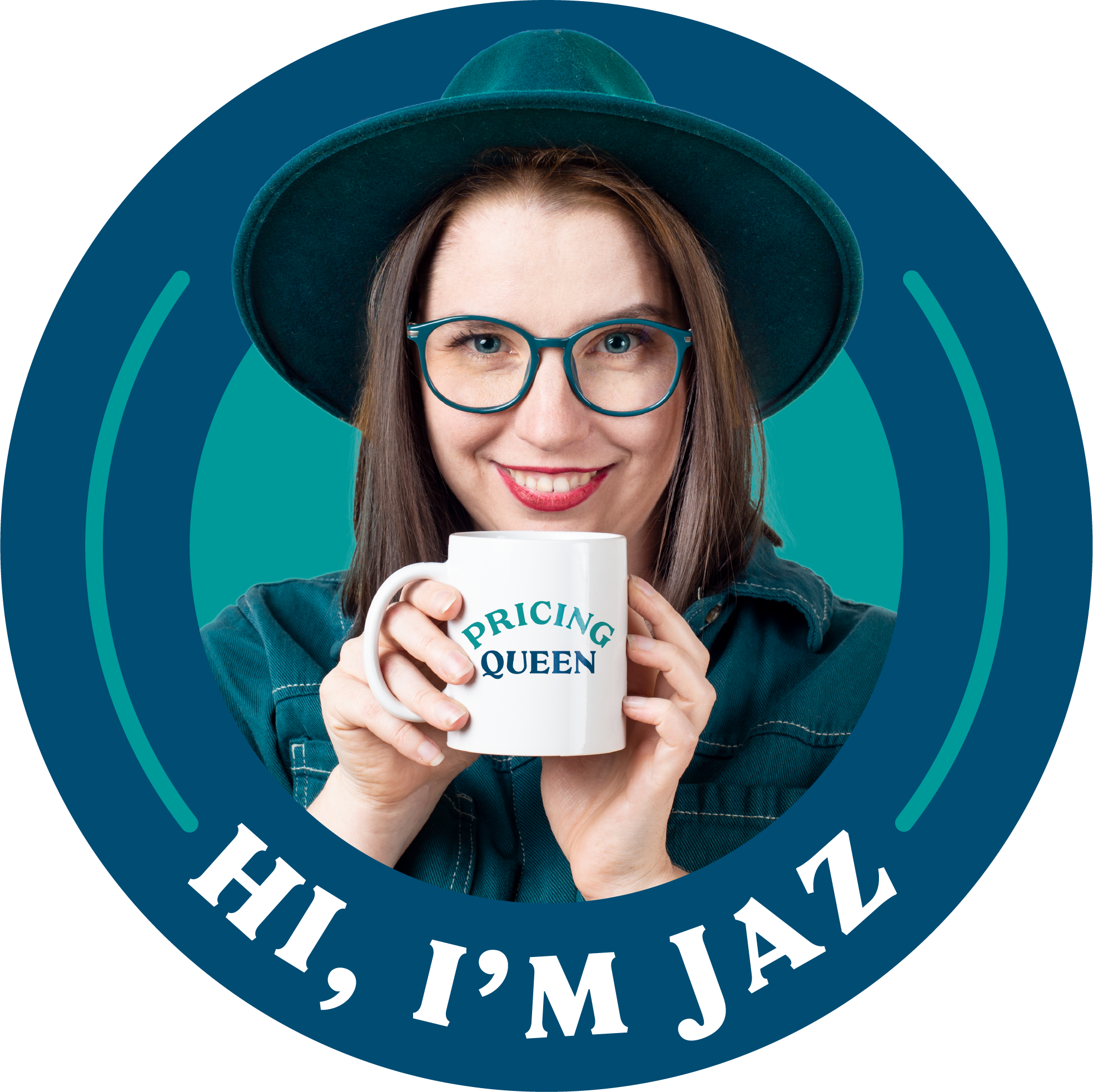You might think a picture tells a thousand words, but those words aren't going to make the sale.
You might think a picture tells a thousand words, but those words aren't going to make the sale.
If I say the word ‘Amazon’, I’m sure you know I’m not talking about the jungle. Arguably one of the world’s most profitable enterprises, this online marketplace has one thing absolutely nailed: testimonials.
When you’re looking to buy an item and are offered hundreds of choices (literally), it can be overwhelming to know which choice to make. You’ll probably look at the product photos in depth, zoom in to examine details, and click through the gallery more than once. Regardless of how great the photography is, whether you realise it or not, it’s not the photos that get you over the line. It’s the words.
Hopefully, in your own business, you’ve paid a great copywriter to work their magic. These highly skilled wordsmiths are usually marketing and/or sales gurus who know exactly what to say, and how to say it. Those product descriptions that make you add-to-cart without much of a second thought, are full of psychological and writing techniques to subtly persuade you to do just that.
However, great copy only does 80% of the work. The rest comes from testimonials.
The problem with copy, regardless of how brilliant it is (and let’s be honest, mine is pretty dang good), is that it’s riddled with bias. It’s like a debate taking place but without a team to argue the negative (so not actually a debate at all). That bias may be the only objection the (potential) customer has left because the copy has already overcome all of their others.
Using verified customer testimonials is the most effective way to overcome that final objection, especially because copy, by its very purpose, cannot. What others say matters more to us than what we’re told (or have read) because it’s purely objective. If Sally P from Dandenong and Justin W from Broome both had a similarly positive experience, it makes sense that we will too.
Even though you’re a service provider and not a ‘thing’ business (that’s a technical term), the sales psychology still very much applies. You still need sensational copy to do most of the persuasive grunt work, and you need compelling and well-crafted testimonials to take the buyer to the finish line.
Once you’ve got a few great testimonials in the bank, here are five practical ways to use them in your business.
1. As the foundation for a case study
One of the biggest mistakes I see creative freelancers make, is thinking that a portfolio will ‘speak for itself’. While a portfolio is certainly a valuable tool to have in your creative business kitchen, it’s not doing as much for you as you think it is.
How skilled you are at your craft isn’t the only thing that persuades someone to give you the project. While your mum might tell you you’re the best, the stark reality is that there are probably 500 others who are just as good. When a potential client is comparing two portfolios with similar skills and experience, they need something else to help them decide.
Case studies are the sucker-punch of persuasive business tools.
Using a well-crafted testimonial as a foundation helps to overcome additional concerns the buyer might have, by highlighting the value points that have nothing to do with how great you are at your craft. Factors such as your flawless onboarding process, your professionalism, your work ethic, your turnaround time, and the overall experience of working with you are all sales points as far as a buyer is concerned. Your portfolio can’t communicate any of this, but a case study built on a verified review, most certainly can.
2. As content for your socials
Whether it’s a carousel, a reel, or a paid advert, testimonials can be an entire content pillar on their own (and a pretty engaging one at that). You just need to make sure you’re doing it in the right way. Simply dumping a testimonial into a block on your social media isn’t ideal, and probably won’t get you very far. Give the testimonial some context by working it into a story carousel that really engages the reader. Use formatting to pull out the key parts (eg make them bold or change the colour), making it easier for the reader to quickly see why you’re amazing.
When using testimonials in this way, be sure to think specifically about what your demographic are actually looking for. Do they want to know what you’re like to work with? How fast your turnaround time is? Whether you’ve had experience solving problems similar to theirs? Really zoom in on the key objections your demographic might have and use testimonials on social media to overcome them. Make a feature of why you are sharing that particular testimonial, and it’ll feel a lot less like you’re just bragging.
3. As a celebration of your client
We all love it when our business gets a shout-out, and your clients are no different. Creating a carousel that celebrates them is a great way to not only solidify that relationship, but also to slip in a sneaky testimonial at the same time. It banishes any perceptions that you’re bragging, while objectively sharing their success and the part you played in it. Celebrating your clients also opens a channel for them to share that carousel in their own content, allowing them to easily share your skills with the next potential client.
4) In proposals or client presentations
Hopefully, you’ve spent some time nailing the way you do proposals (and aren’t just slapping the word ‘quote’ in the corner of something that looks like an invoice). When you create beautiful, multi-page proposals that take the reader on a guided journey, you not only demonstrate your creative skills and dedication to the job, but also have the opportunity to implement some sales techniques to make them say ‘yes’.
Testimonials are one of those techniques.
Before they get to the page that tells them how much it is to access your genius, put their mind at ease with reassurance from others who took the leap and had it pay off. It’s important to do this before they see the price, because it makes them less likely to use $$ as the only thing that determines their decision. Yes, you may be more expensive than they were expecting (or you may not be), but by having the reassurance of others freshly stored in their brains, they’re more likely to understand why, and even appreciate it.
The more experienced and confident you become, the higher your rates should be. By adding a testimonial before revealing the price, you’re increasing the chance they’ll accept you and be happy to pay what you’re worth. Make sure the testimonials you add are relevant to the job you’re quoting for, e.g., a testimonial about your branding services when you’re quoting for a branding project.
5) To sell your productised services
If you’re a regular here in the Creative Business Kitchen, you’ll know that a productised service is where you package up the solution to a problem and sell it as a product on your website. These packages are designed to address specific problems and create equally specific outcomes (for more info about productised services, check this out).
One of the great things about productised services is that it takes out a lot of the….. faffing. You don’t have to create a proposal, jump on a discovery call, and listen to the buyer talk about their antique spoon collection (with no guarantee they’ll even give you the project). You can literally secure your next project while you sleep, because the productised service is browsed, added to cart, and paid for by the time you wake up.
While this may all sound too good to be true, I can assure that I’ve seen it be a success for my students as well as myself.
However, to really make it happen, your sales pages and product descriptions need to be *chef’s kiss*. Get a great copywriter on board to write this like an e-commerce page and be sure to provide some testimonials! If you accidentally hired a goat once because Stephanie P raved about it and basically told you to (whoever that is), clients browsing your productised services will do the same thing from your testimonials. Make sure the reviews you use are relevant to each productised service and have been crafted using the formula in my mini guide.
To summarise all of this, if you’re not using testimonials in your creative freelance business, I strongly suggest that you start!
If you are, I’d love to hear how they’ve helped you land the good clients and make the $$ rain.
Want a step-by-step recipe to create your first or next Productised Service you can sell over and over?
Productised services are the key to creating repeatable income and become that go-to creative problem solver in your clients minds.
Imagine waking up to emails saying your ideal client has paid upfront for the solutions you serve!








